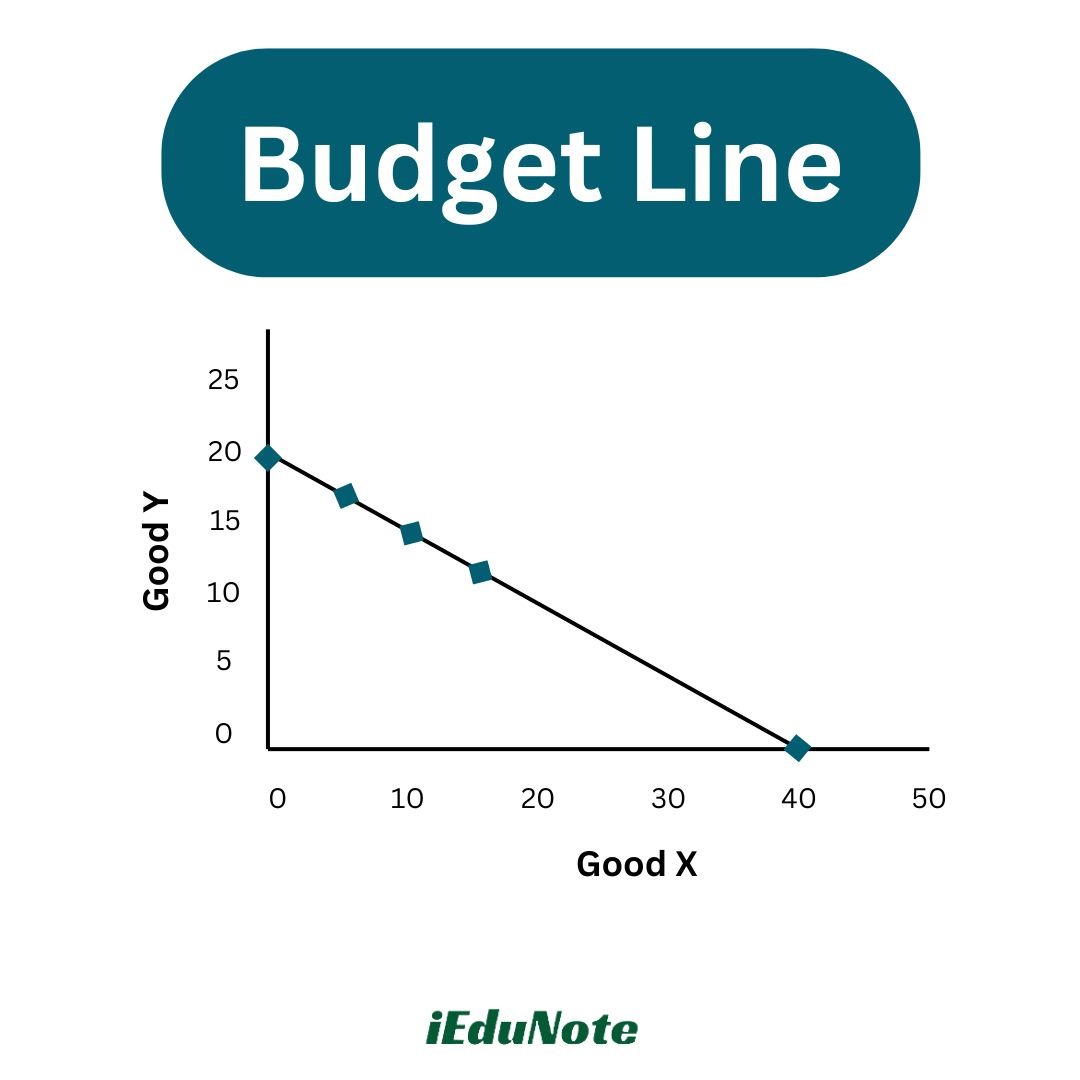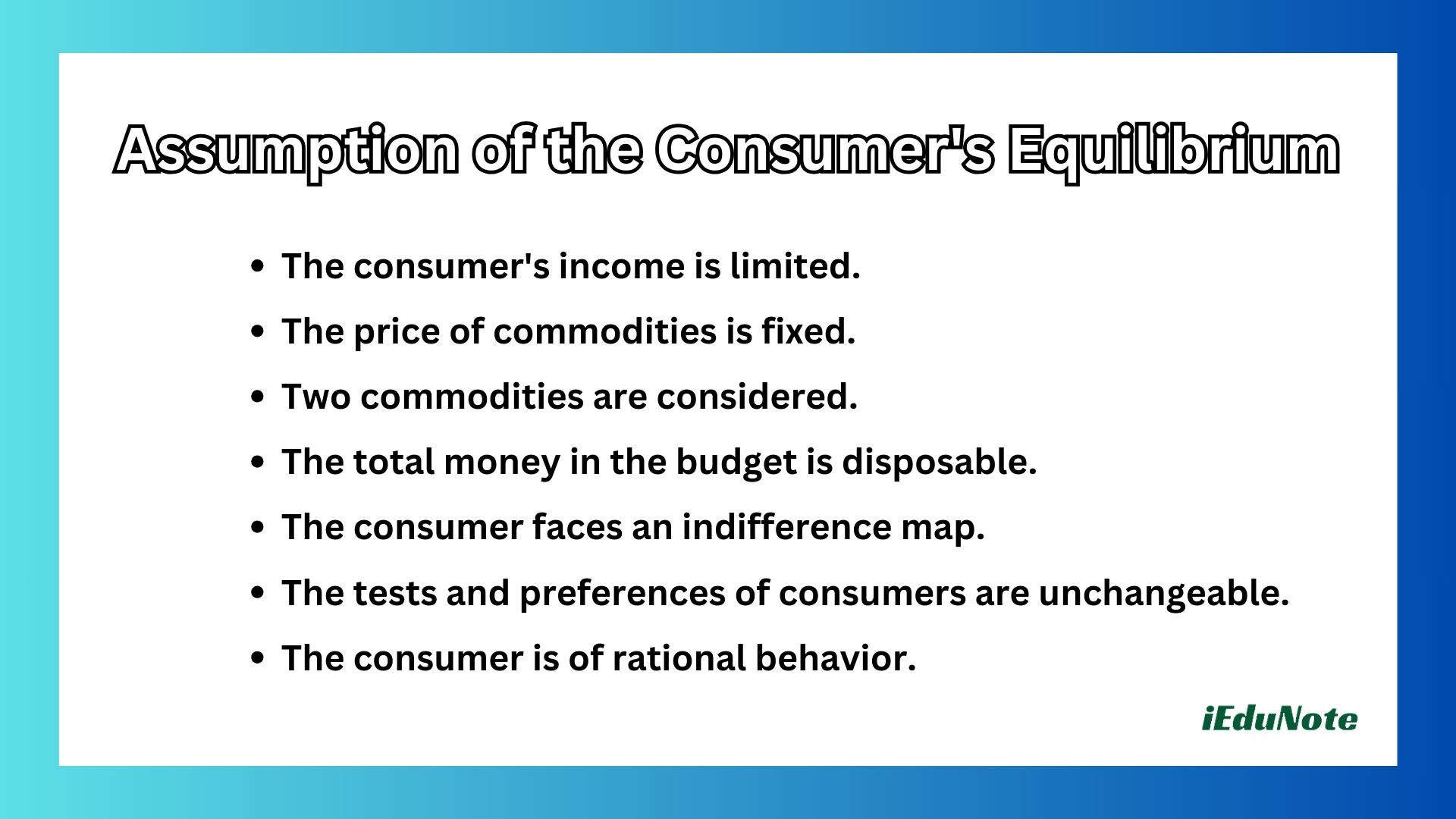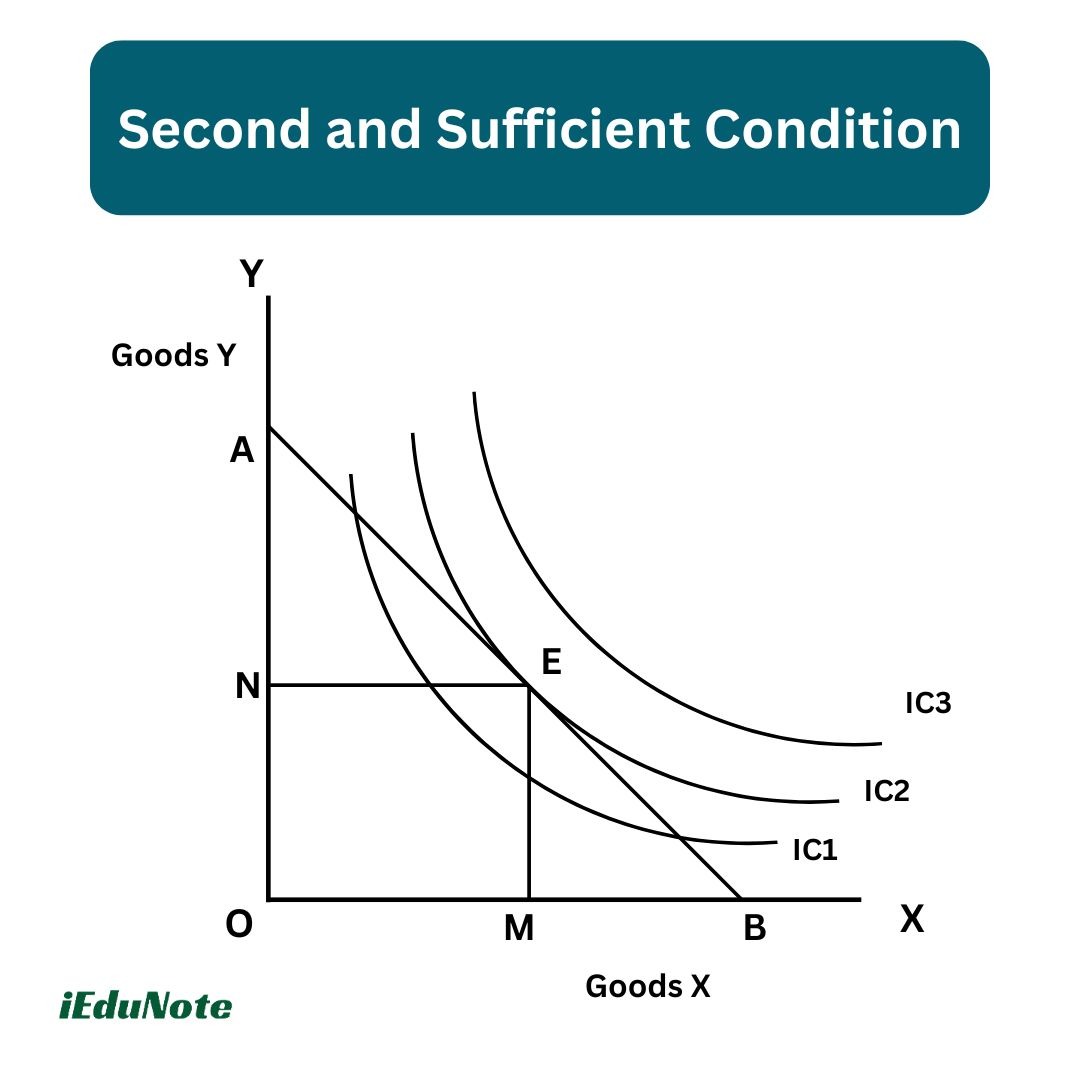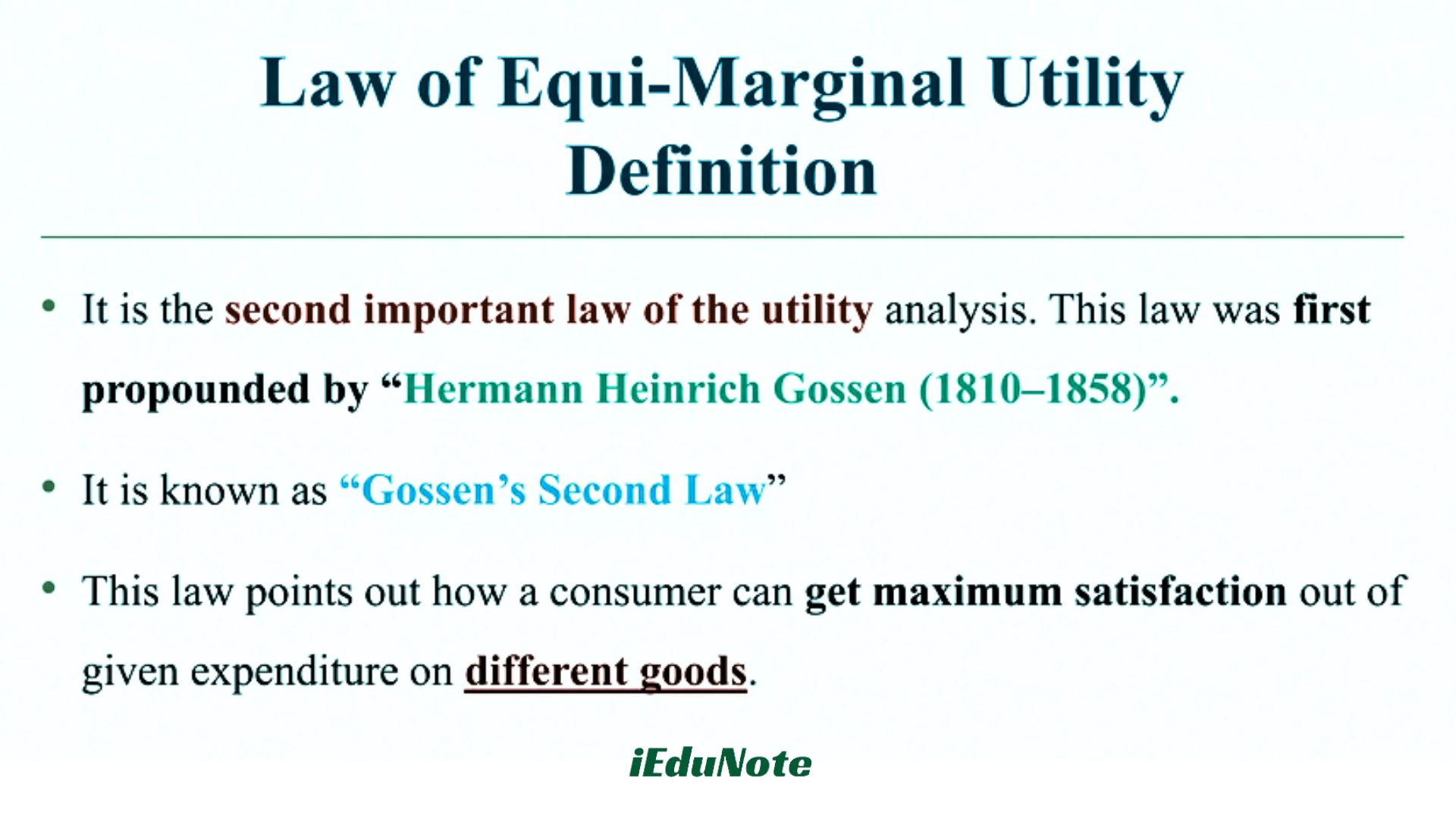The target of every consumer is to earn maximum satisfaction or utility from purchasing different goods. A consumer tries to buy a combination of more than one good from his given income so that he can earn maximum satisfaction. When the consumer earns maximum utility from his purchased goods then it is said that the consumer has reached his equilibrium position.
Consumers attaining the highest level of utility are termed as consumers’ equilibrium.
Budget line
This line shows all possible combinations of two goods that a consumer can buy if he spends the whole of his given sum of money on his purchases at the given prices. Suppose the budget of a consumer is 200$. He would buy two goods, namely X and Y.
The price of good X is 5$, and good Y is 10$ per unit. The possible buying combinations may be as follows
| Good X | 0 unit | 6 units | 10 units | 16 units | 40 units |
| Good Y | 20 units | 17 units | 15 units | 12 units | 0 unit |
Using the above schedule the budget line can be drawn as follows

Therefore, the budget line is a straight line passing through both axes.
Explanation of consumer’s equilibrium with the indifference curve and budget line
The target of every consumer is to buy a combination of more than one good from which the consumer will get maximum satisfaction. In this case, a consumer has a budget constraint.
The consumers do not have a position on any line of the indifference map, according to their desires. Because the consumer has his limitation of budget which is indicated by his budget line.
In this situation, how a consumer can earn maximum utility through a given income and attain an equilibrium position are discussed below.
To attain the equilibrium of a consumer with the help of the indifference curve and budget line, there are some assumptions:

- 1. The consumer’s income is limited.
- 2. The price of commodities is fixed.
- 3. Two commodities are considered.
- 4. The total money in the budget is disposable.
- 5. The consumer faces an indifference map.
- 6. The tests and preferences of consumers are unchangeable.
- 7. The consumer is of rational behavior.
There are two conditions for attaining equilibrium through the indifference curve and budget line.
The first or necessary condition
The indifference curve and budget line will be tangent to each other, which can be shown in this way: MRSxy= MUx/MUy……………………. = Px/Py.
That means the marginal rate of substitution of the two goods is equal to the ratio of prices of the two goods.
The second and sufficient condition
The second and sufficient condition is the point at which the necessary condition is fulfilled. There, the indifference curve is definitely convex to the origin.
That means at the equilibrium point, the marginal rate of substitution will be diminishing. Now graphically, it is shown

In the above figure, the OX axis indicates the quantity of good X, and the OY axis indicates the quantity of good Y.
Here, 1C1, IC2, and IC3 are three indifference curves, and AB is the consumer’s budget line. The three indifference curves shown in the graph indicate the consumer’s consumption possibilities.
But which combination the consumer will buy depends on the consumer’s budget or price line.
If the consumer expends the total of his budget for buying good X or the total of his budget for buying good Y, then he can buy OA amount of goods Y and OB amount of goods X.
The consumer can buy a combination of X and Y goods. The combination that will give the consumer maximum utility depends on the fact that the point at which the budget line will be tangent to the indifference curve.
In Figure IC2 Indifference curve is tangent to the AB budget line at point E, more ever if the indifference curve is definitely convexes to the origin at point E then at point E both conditions of equilibrium are fulfilled.
Therefore, the point E is only the point at which the consumer attains equilibrium. The consumer will earn maximum utility at point E, and it is the equilibrium condition of the consumer. By purchasing OM amount of good X and ON amount of good Y, he gets maximum utility at point E.
Therefore, at the point where the indifference curve is tangent to a budget line, the tangent point indifference curve is definitely convex to the origin. At that point, the consumer attains an equilibrium position, and the consumer gets a maximum level of utility.
Thus, the equilibrium of the consumer can be determined by the indifference curve and budget line.

